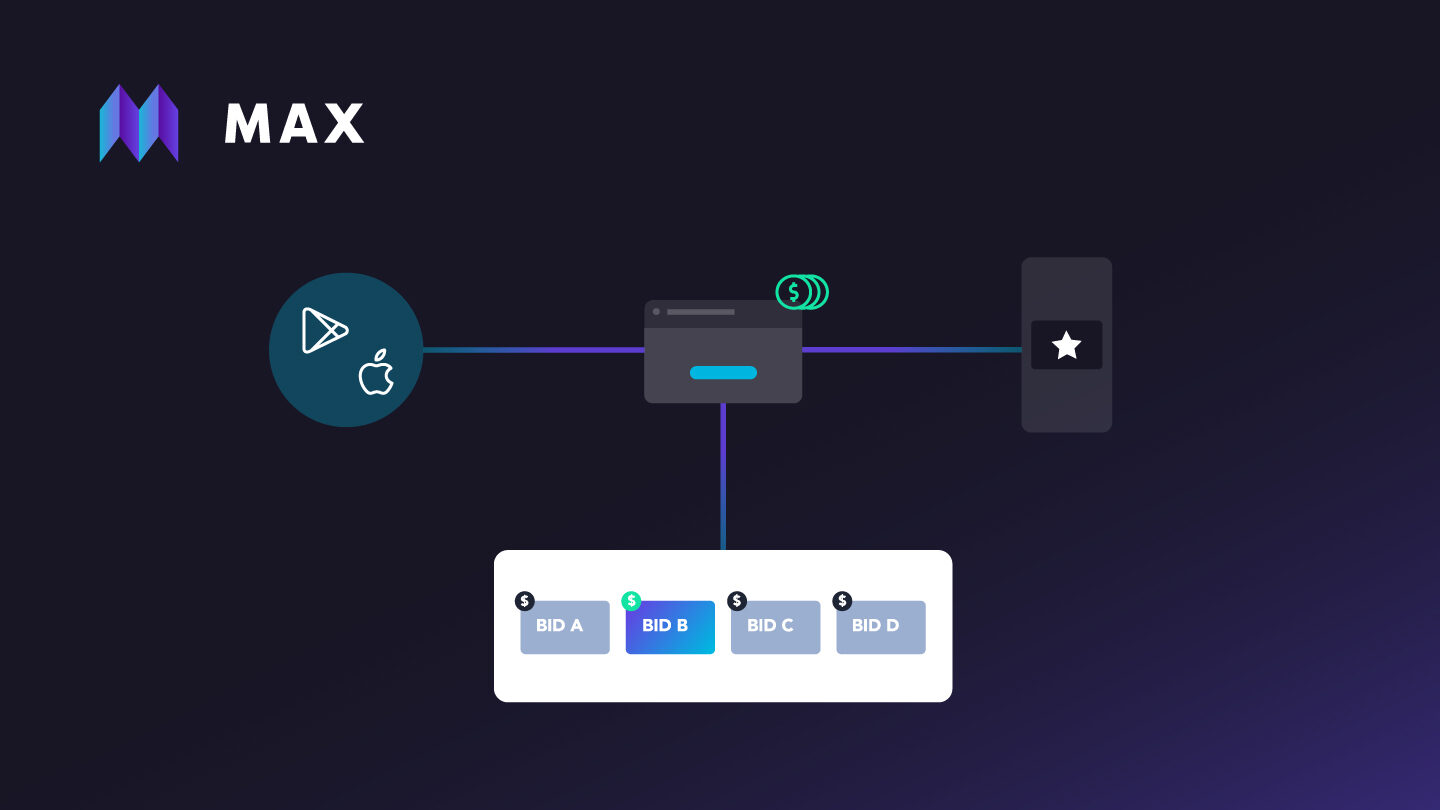
What is a Good Retention Rate and Why Does it Matter?
Did you know it can cost five times more to attract a new customer than it does to retain an existing one? Increasing customer retention rates by 5 percent have been shown to improve profits by 25 to 95 percent!
This means it’s critical to think about strengthening your retention rate to re-engage the customers you already have.
What is retention rate?
In marketing, retention rate is the number of users who continue to use your app during a specified timeframe (usually 30 days) after they install it. It is usually calculated by the unique number of users who are active in at least one session per day, divided by the total installs.
It’s an important metric for companies because it shows the user’s level of engagement, interest, and loyalty. A high retention rate usually means customers are regularly using your app, which means your business likely has a low churn rate or percentage of users who uninstall or leave the app.
A higher retention rate generally means the app’s users are engaged, which may mean more potential opportunities for monetization.
Conversely, a high churn rate is a red flag and may mean revenue is sinking.
Like many KPIs, or key performance indicators, retention rate helps your business understand how your app is performing, so you can make improvements or change your campaign or marketing strategies.
Acquisition and retention: Are you finding the right users?
While it’s true that acquiring lots of new customers is an exciting part of the business, investing in retaining customers may be less expensive than acquiring new ones.
Companies who retain users could potentially save on advertising and marketing acquisition costs that may drag down the LTV or lifetime value of the customer.
Acquiring new customers is important, but quantity isn’t always necessarily a measure of success. If you can’t seem to get a good grasp on retaining users, perhaps you may have an acquisition problem and aren’t attracting the right kinds of users in the first place.
Focus on user behavior and experience so you can uncover a better understanding of how people are engaging with your app. If your app is difficult to understand or if the user has trouble after installing it, you may experience a big drop-off. One study found that 21 percent of users abandoned an app after one use if it doesn’t deliver the expected experience.
Here’s what else you need to know about retention rate and why it matters.
Why is retention rate important to businesses?
Retention rate is important because it indicates how your business is doing. A solid retention rate shows users are active and more engaged, which may mean better opportunities for monetization.
Through retention rate, you could determine:
- How likely it is that you’ll be able to keep each new customer you gain
- How long you’ll be able to retain each customer if you continue with your existing strategies
- How much your company may grow in the future
Conversely, retention rates help uncover why users are disengaging from your apps, which can spark your team to alter your LTV strategies. Low retention rates could point to problems involving:
- Customer satisfaction
- A competitor with better technology, services, or features
From how customers view your apps and how loyal they are falls in line with the retention rate. This, in turn, may signal how loyal customers are engaging with your brand and how likely they are to make repeat purchases or upgrade their subscriptions, for example. Customers who continue to use your app over a long period of time are likely to trust, engage, and think highly of your company.
Retention rate shows whether you’re solving your customers’ challenges effectively and is a more cost-effective way to upsell and market new products and services.
How do you calculate retention rates?
Each company, business, and industry is different and the definition of what makes for a good retention rate depends on what’s critical to your business. For some apps, for example, it’s about recurring subscriptions, while others focus on in-app purchases. The key is to benchmark your retention against other similar companies in your industry.
In order to calculate a customer retention rate, first, define the time frame, let’s say one year. There are different ways to measure retention rate, but the classic retention rate measures the following:
Number of users who open the app on day (insert day) / Number of users who installed and used the app on day 0 * 100
What to know about strong retention rates
There’s no blanket number for successful retention, as it depends on the app’s industry, user base, business model, and business parameters that are determined by the individual business. Some apps rely on recurring subscriptions, while others aim for purchases.
Developers may choose to look at various periods of time to measure their retention rate, but it’s common to look at how retention develops over a month’s time.
The insights from this period can set future goals. For example, a developer may have a goal to retain users beyond 30 days. Or in a gaming app, a developer notices users most frequently drop off at the end of the onboarding period and focuses on improving this.
Breaking it down retention into smaller timeframes, for example, day zero to day seven can provide you with a more specific framework to understand how you’re retaining users (or not).
3 Ways to improve customer retention rates
If you’re looking to improve retention rates, here are a few quick tips on how to get started:
1. Consider improving your onboarding process: If your app is difficult to understand, users may uninstall or quickly bounce from it. Improve the usability of your app by assessing how the information is laid out, from the design to content. Encourage and help users navigate through the app by showing them which icons need to be tapped or swiped.
2. Re-engage: Use other channels to reach customers and get them to come back to your app. This can be done through email, social, and search ads.
3. User appreciation: How are you rewarding users for their continued loyalty? If you have a mobile game, you could create an event or limited-time tournament with prizes and ways to socially connect with other players.
Retention rates help prepare your team with how users are engaging with your app so you can plan for the future, make adjustments to your strategy, and meet your business goals.
Ready to start making your first game? AppLovin’s Head of Games, Keith Kawahata explains what you need to know.




